- Home
- slideshows
- miscellaneous
- Betelgeuse, one of the brightest stars we see, has been fading for months. It could signal a fiery explosion, but it may just be dust.
Betelgeuse, one of the brightest stars we see, has been fading for months. It could signal a fiery explosion, but it may just be dust.
Betelgeuse makes up one shoulder in the constellation Orion, which is most clearly visible from November to February. The star is 20 times the size of our sun.

Astronomers started noticing that Betelgeuse wasn't as bright as usual around October 2019.
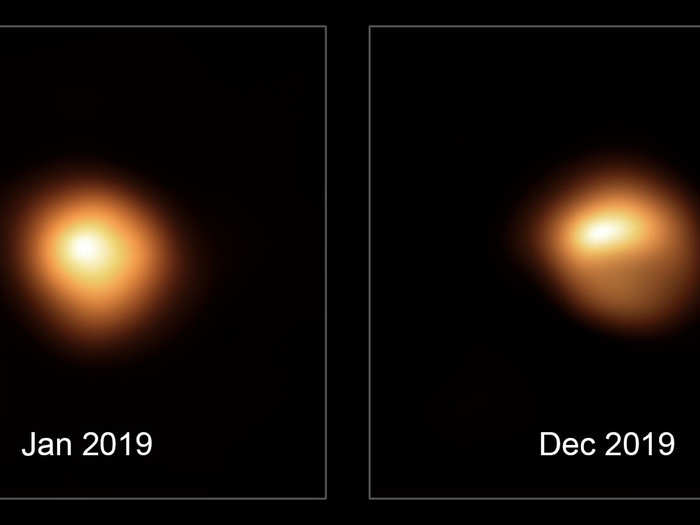
Close-up looks at Betelgeuse are possible because of the star's size and proximity to Earth. It's approximately 600 light-years away.
Until about five months ago, telescope images of the star looked like the one below.
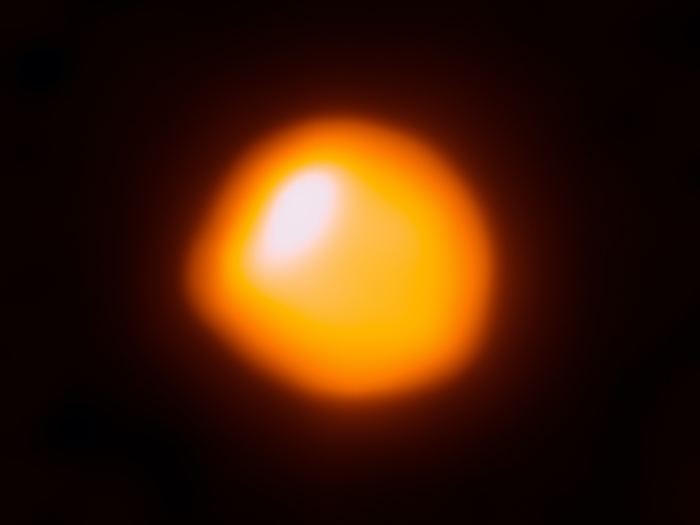
But then astronomers started seeing changes in Betelgeuse's brightness and apparent shape.
This is what the star looked like in December. Its shape also seems to have changed — Betelgeuse appears more oblong.
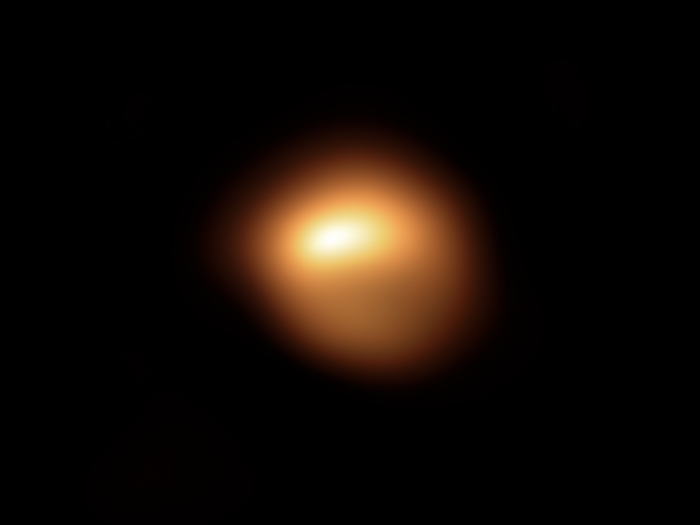
Edward Guinan, an astronomy professor at Villanova University, reported in Astronomer's Telegram that by mid-December, the star had faded so much it wasn't even in the top 20 brightest in the night sky
Recent studies have found that Betelgeuse will likely explode within the next million years, potentially as soon as 100,000 years from now.
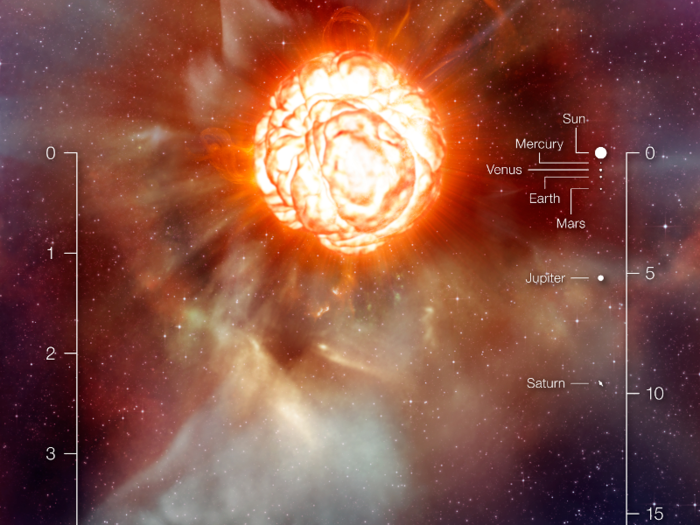
But they don't think a supernova is imminent.
Still, astronomers are watching the star closely and collecting data from telescopes around the world.
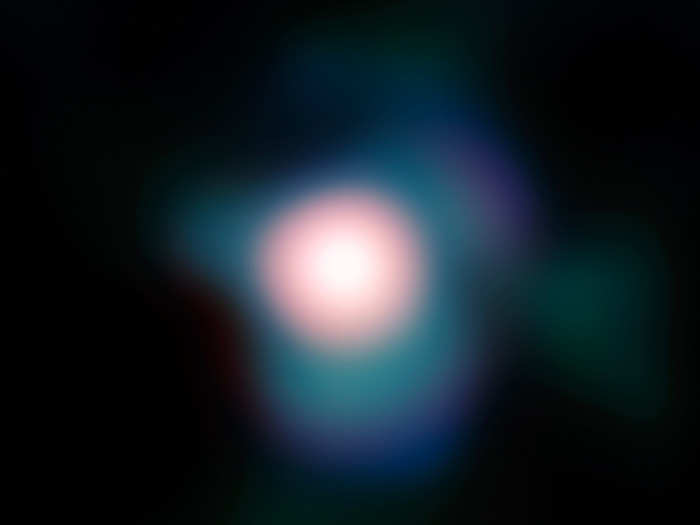
Because Betelgeuse 600 light-years away, of course, anything we're seeing now happened 600 years ago.
In particular, the European Southern Observatory's Very Large Telescope has been taking many of the new images of Betelgeuse.
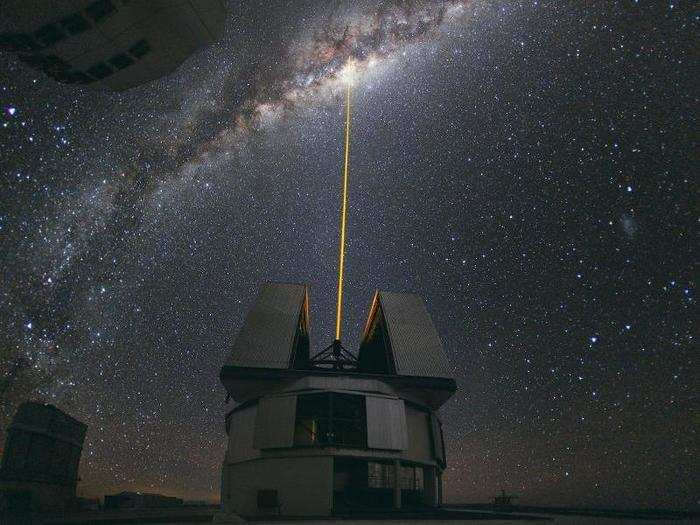
It can see light in the night sky that's 4 billion times fainter than those seen with the naked eye.
If Betelgeuse were to explode, astronomers say it would be visible from Earth, even during the day. It might look something like the depiction below.
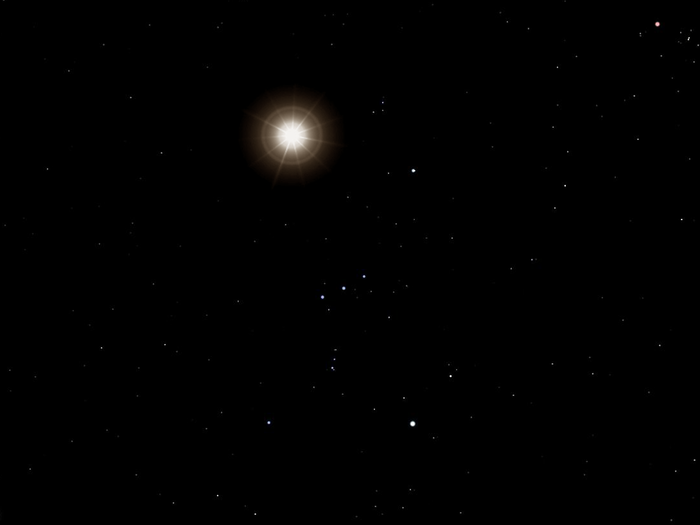
A pair of graduate students at the University of California, Santa Barbara, Jared Goldberg and Evan Bauer, simulated the star's dying days from Earth, according to Discover Magazine.
The simulation suggests the explosion would be about as bright as the half-moon (nine times less bright than the full moon) for more than three months. That means it could be brighter than the brightest stellar event ever recorded in history: a supernova in the year 1006.
But assuming the dimming does not signal an impending explosion, it could be due to dust around the star.
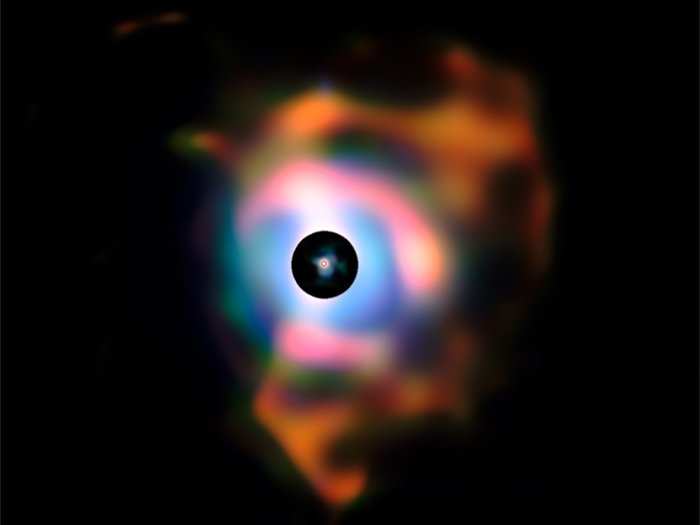
Massive stars like Betelgeuse commonly shed some of their material back into space, forming clouds of dust that can block light.
The dimming could also be caused by changes in the heat levels and movement of convection cells on Betelgeuse's surface.
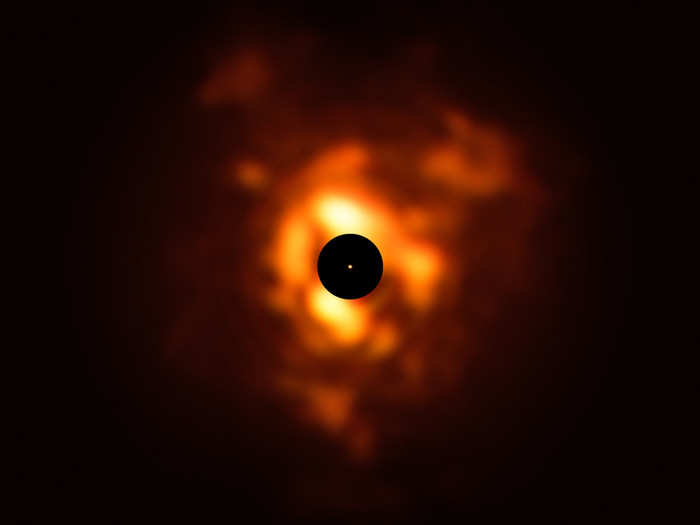
The variance in heat levels can make the star appear brighter or dimmer to us.
In astronomy terms, the dimming is called "fainting," since the star is getting fainter to the naked eye and to telescopes on Earth.
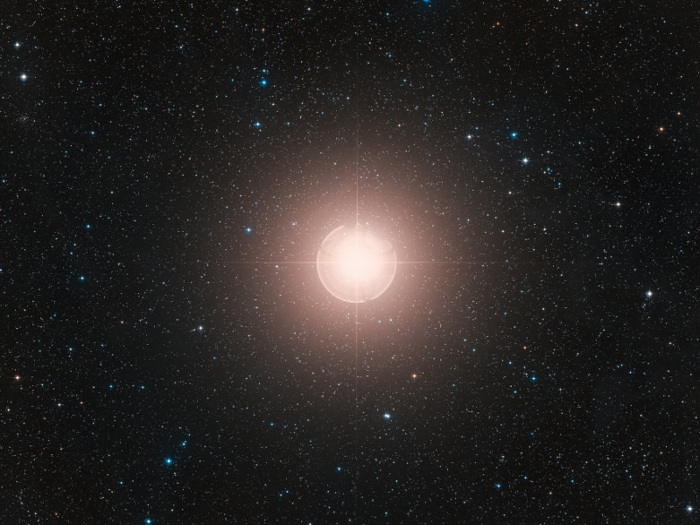
Astronomers have noted that the rate of the star's dimming has stabilized in the last 10 days, though, so the next few weeks will be a critical time to observe the star's luminosity.
Popular Right Now
Advertisement